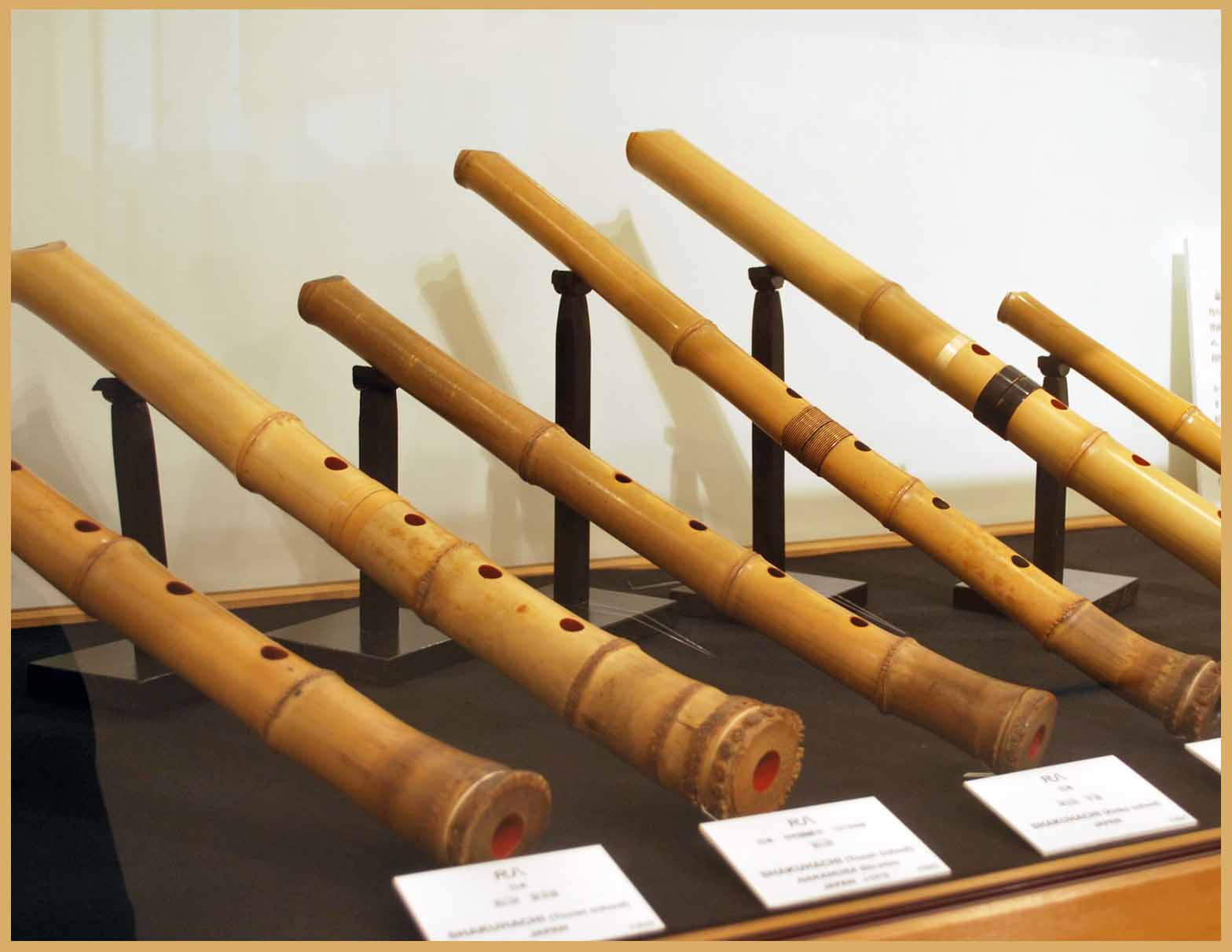Museum of Musical Instruments






- Information on opening dates in December 2025 is now available. See the Japanese page for more information. (updated on 4 December 2025)
- For information on opening days of our Museum and how to visit, see the Japanese page. (updated on 18 July 2024)
About us
Of the roughly 2,000 musical instruments and related materials in the museum's collection, about 1,000 are on permanent display.

◆ Traditional Japanese musical instruments
Traditional music in Japan was centered in Osaka, Nara, and Kyoto, and spread from there to all regions of the country.
The museum has exhibits of numerous instruments used in traditional music and entertainment, and is proud to be a leader in Japan in terms of exhibit scale. All on display in one hall are gagaku (Japanese court music instruments), noh theater instruments, biwa, koto, shamisen, kokyū, shakuhachi, and instruments used in folk entertainment.
It's also possible to enjoy the intricate ornamentation of the instruments, which use Japanese traditional arts, zōgan (inlay), raden (mother-of-pearl inlay), makie (gold Japanese lacquer). Based on the founding philosophy of the Osaka College of Music, the museum aims to disseminate the cultural resource of Japanese music to the world from its base in Osaka.
Traditional music in Japan was centered in Osaka, Nara, and Kyoto, and spread from there to all regions of the country.
The museum has exhibits of numerous instruments used in traditional music and entertainment, and is proud to be a leader in Japan in terms of exhibit scale. All on display in one hall are gagaku (Japanese court music instruments), noh theater instruments, biwa, koto, shamisen, kokyū, shakuhachi, and instruments used in folk entertainment.
It's also possible to enjoy the intricate ornamentation of the instruments, which use Japanese traditional arts, zōgan (inlay), raden (mother-of-pearl inlay), makie (gold Japanese lacquer). Based on the founding philosophy of the Osaka College of Music, the museum aims to disseminate the cultural resource of Japanese music to the world from its base in Osaka.



◆ Western musical instruments
In the European instrument exhibit, visitors can view instruments used in classical music. An exhibit of a style of fortepiano from the era when W.A.Mozart, L.v.Beethoven, F.Schubert, F.Chopin, F.Liszt, and C.Debussy were creatively active is on display. The stringed instrument collection donated by Suntory Holdings Limited includes instruments by noted crafters such as A.Stradivari and G.Guarneri, and the collection is known even overseas. An exhibition that allows one to trace the changes in instruments such as the flute, oboe, clarinet, and brass instruments is likely to be of interest. Visitors can also see an original saxophone, created by Adolphe Sax.
In the European instrument exhibit, visitors can view instruments used in classical music. An exhibit of a style of fortepiano from the era when W.A.Mozart, L.v.Beethoven, F.Schubert, F.Chopin, F.Liszt, and C.Debussy were creatively active is on display. The stringed instrument collection donated by Suntory Holdings Limited includes instruments by noted crafters such as A.Stradivari and G.Guarneri, and the collection is known even overseas. An exhibition that allows one to trace the changes in instruments such as the flute, oboe, clarinet, and brass instruments is likely to be of interest. Visitors can also see an original saxophone, created by Adolphe Sax.




◆ Instruments from various regions all over the world
Visitors can enjoy the form, materials, and ornamentation of folk instruments, to prompt wonder about the roots of the instruments in use today.
Visitors can enjoy the form, materials, and ornamentation of folk instruments, to prompt wonder about the roots of the instruments in use today.


| Museum of Musical Instruments, Osaka College of Music 1-1-8 Shonai-saiwaimachi, Toyonaka-shi, Osaka 561-8555 , Japan E-mail :museum1@daion.ac.jp URL http://www.daion.ac.jp/about/museum/ |
PDFファイルをご覧になるためには、AdobeReader® が必要です。パソコンにインストールされていない方は右のアイコンをクリックしてダウンロードしてください。



